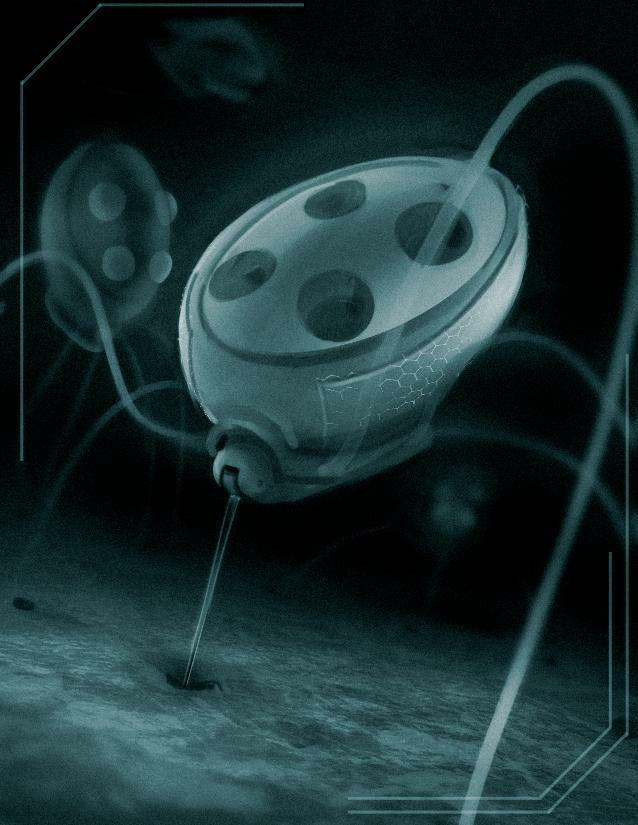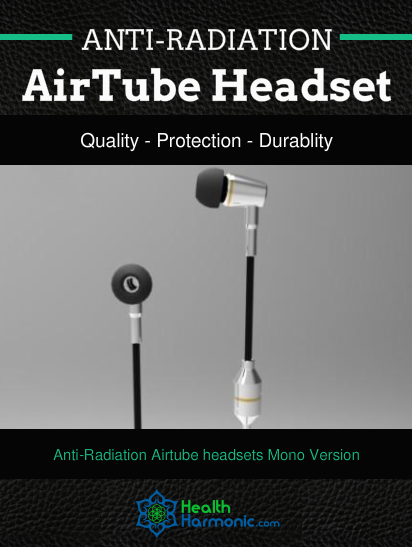
In the future, gut problems may be solved by tiny robots injected directly into the stomach. A US school of engineering announced the successful treatments of mice suffering from bacterial infections in the stomach. The experiment, which was carried out by nanoengineers from the UC San Diego Jacob School of Engineering, was the first of its kind.

The new drug delivery system effectively delivers drugs into the system without using proton pump inhibitors to suppress gastric acid production. Because the technique does not use proton pump inhibitors, patients are less likely to suffer the adverse side effects of antibacterial drugs such as diarrhea, anxiety, fatigue, etc.
A micromotor drug delivery system has been used to treat bacterial infections in the stomachs of mice, a US school of engineering has announced.The tiny vehicles, each of which measure about half the width of a human hair, were designed to swim through the rodent’s gut and neutralize the gastric acid before delivering their cargo of antibiotics.
The breakthrough experiment was carried out by nanoengineers from the UC San Diego Jacob School of Engineering. It is the first time a device of its type has been tested.
"It's a one-step treatment with these micromotors, combining acid neutralization with therapeutic action," said Berta Esteban-Fernández de Ávila, a co-author of the paper, published in Nature.
Micromotors are tiny particles that can propel themselves autonomously when placed in a chemical solution. The UCSD team believes their use offers a promising new method for treating stomach and gastrointestinal tract diseases with acid-sensitive drugs.
Image courtesy of: darklightstudioinc






